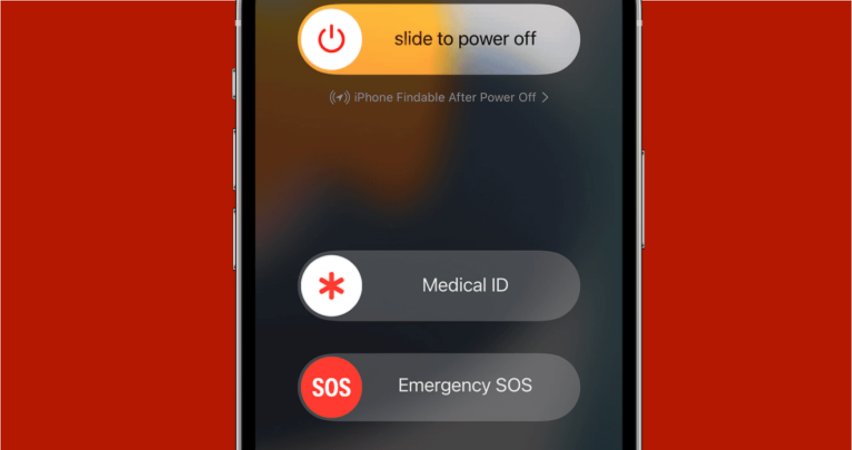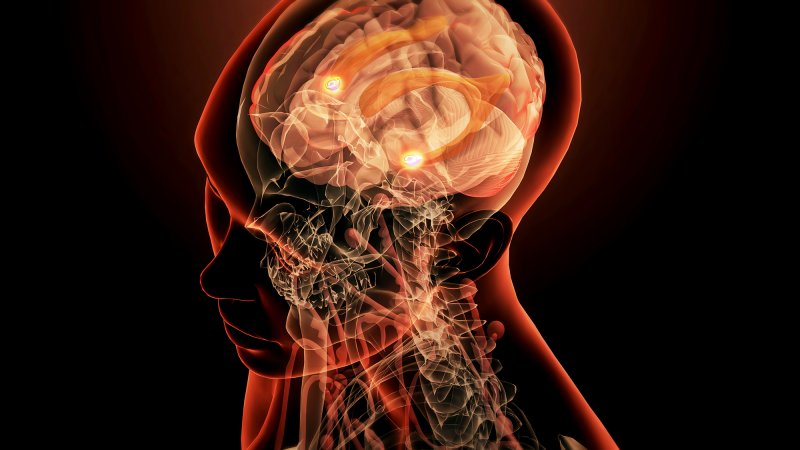Health
The latest news in medicine and wellness: From findings on heart disease, to facts about fitness, to breakthroughs on COVID-19.
Explore Health
Latest in Health
Get the Popular Science newsletter
Breakthroughs, discoveries, and DIY tips sent every weekday.
By signing up you agree to our Terms of Service and Privacy Policy.



















